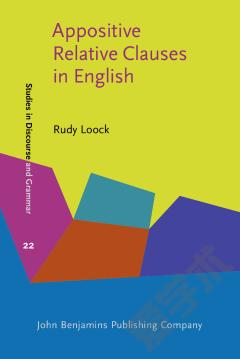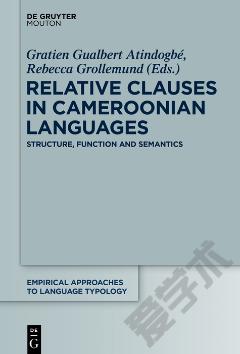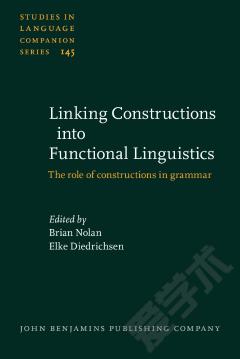Appositive Relative Clauses in English. Discourse functions and competing structures.
This book sheds new light on Appositive Relative Clauses (ARCs), a structure that is generally studied from a merely syntactic point of view, in opposition to Determinative (or Restrictive) Relative Clauses (DRCs). In this volume, ARCs are examined from a discourse/pragmatic point of view, independently of DRCs, in order to provide a positive definition of the structure. After a presentation of the morphosyntactic, semantic and pragmatic characteristics of ARCs, a taxonomy of their functions in discourse is established for both written and spoken English based on the results of a corpus-based investigation. Constraints are then defined within an information-packaging approach to syntactic structures to show why speakers choose ARCs over other competing allostructures, i.e. syntactic structures that fulfil similar discourse functions (e.g. nominal appositives, independent clauses, adverbials, noun premodifiers, topicalization). The end result is a deeper understanding of the richness of ARCs in their natural contexts of use.
{{comment.content}}








 京公网安备 11010802027623号
京公网安备 11010802027623号